When it comes to cloud migration best practices, there are various organizational elements to consider and several potential problems to avoid. This article outlines top cloud migration mistakes web hosting providers usually make and highlights how they can affect an organization's efforts to actualize cloud migration best practices. This article also clarifies why the "lift and shift" approach is not generally the most ideal approach when attempting to maximize the advantages of the cloud.
This article also clarifies why organizations should have a security-first mindset and empower their teams amid cloud adoption, however also be conscious of the hidden expenses related to the move. Below explained are the top cloud migration mistakes and how can organizations avoid potential problems.
Common Mistakes by Web Hosting Providers
Don't bring on-premise problems into the cloud: Migrating to the cloud gives you the chance to settle a lot of legacy misconfigurations and ineffectively constructed environments that exist inside your current infrastructure. Try not to look to just lift and shift your environment from on-premises to the cloud with the mindset that you will resolve issues once everything is up and running. When you know which core services you require for migration, it is prescribed you look to rearchitect your solution when you migrate to maximize the benefits of the cloud.
Examine the best practices offered by the provider for each of your deployments. Execute extra security that is accessible to you at every stage, design your applications and services with failure in mind, and fabricate high availability and resilience into your design.
Don't forget to factor in data transfer costs: This is one area of spending that is regularly neglected or underestimated. Moving data into the cloud is usually free of charge. However, any requests that outcome in information being moved out of the cloud will bring about data transfer costs. Make sure to look at these costs for each of the services you intend to use, as pricing may differ by service, as well as by region. It is recommended by looking at these services that could help decrease data transfer costs.
By catching a great deal of the information from your servers, this will lessen costs and the amount of data transfer required.
Not making security your top priority: Regardless of the size of the migration or deployment, security must play an important part from the very beginning. A security-first mindset ensures that best practices are at the forefront of all corresponding methodologies, design considerations, processes, and techniques. A multilayer approach ensures that the suitable safety measures are built with each layer of your architecture including network, user, application, services, etc., making your system secure from outer threats and even from nonmalicious internal ruptures or loopholes.
Forgetting that people are key enables of any change: Cloud migrations regularly require a change in both procedures and day-to-day exercises. Individuals normally tend to resist change, except if that change is their own idea or initiative. As your organization shifts to the cloud, consider approaches to include and urge people to take ownership, and how to enable and support teams to act self-organizing and self-managing.
A decent method to plan for any cloud migration project is to have an experienced web hosting provider by your side. jiWebHosting's applies intelligent analytics to bring down expenses by delivering end-to-end diagnostics on VMs, containers, and public clouds. The service's machine learning controlled remediation gives you a chance to resize application components and set power schedules. There is no better method to manage the entire application lifecycle through a self-service infrastructure.

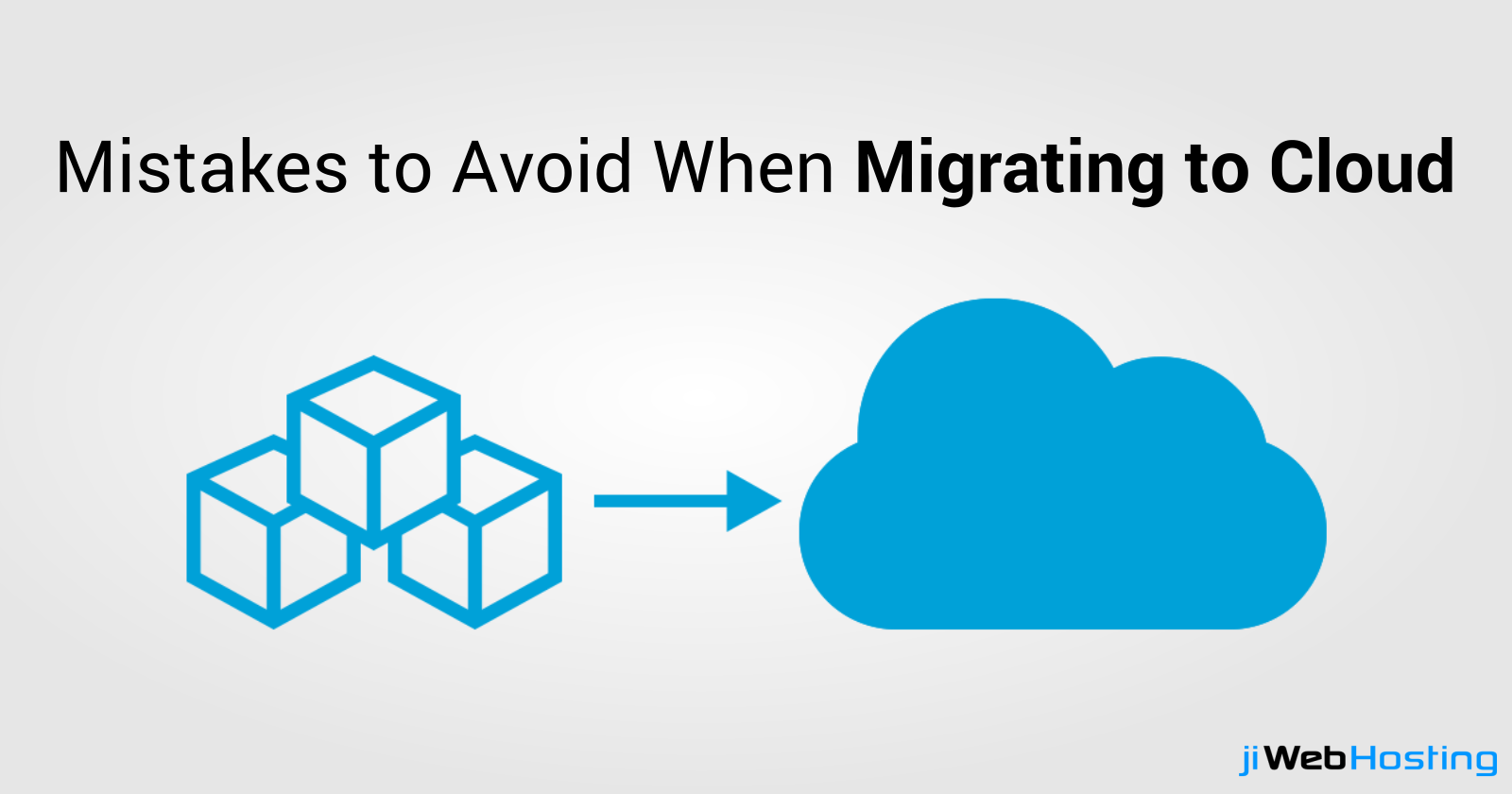
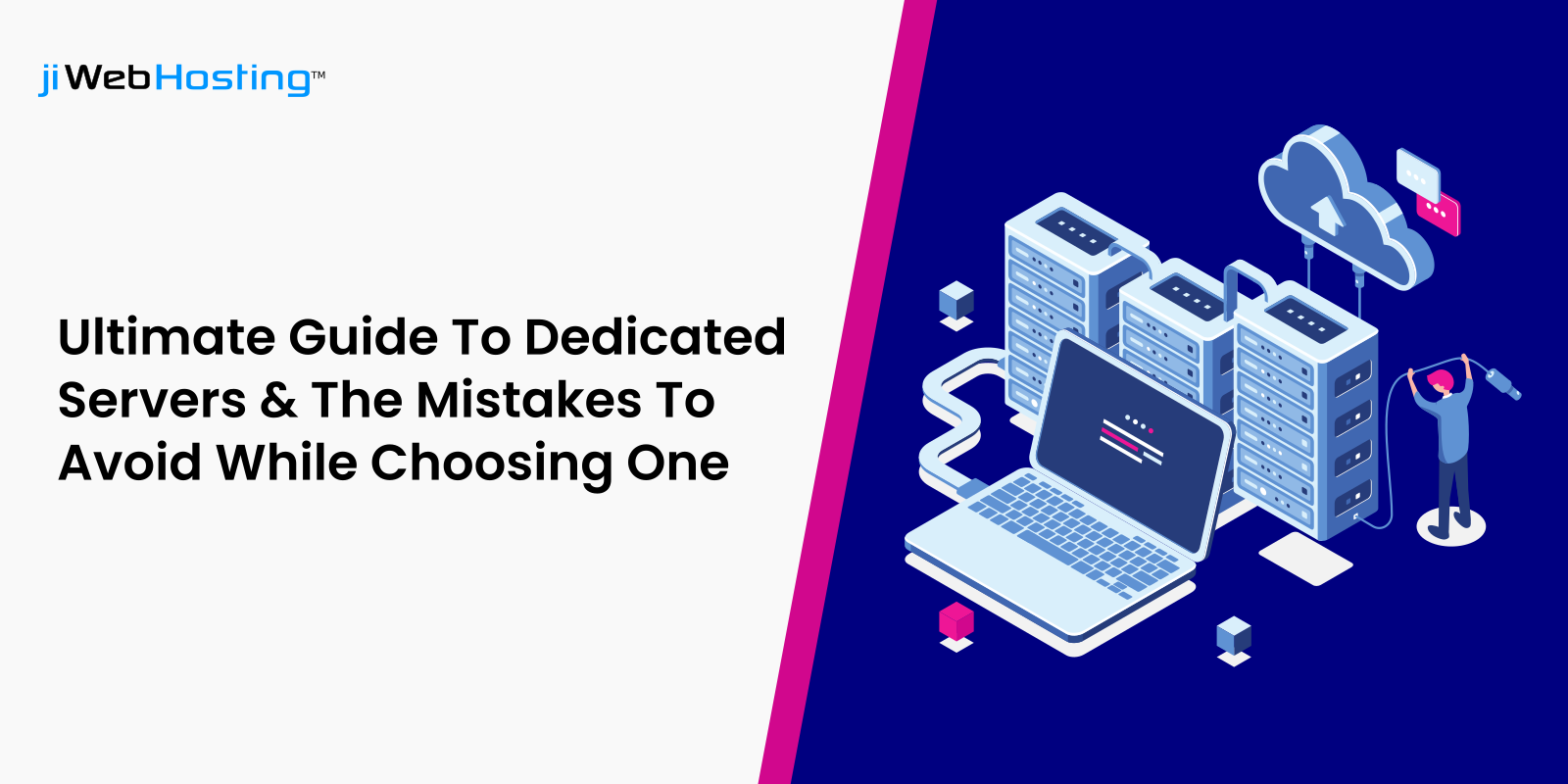
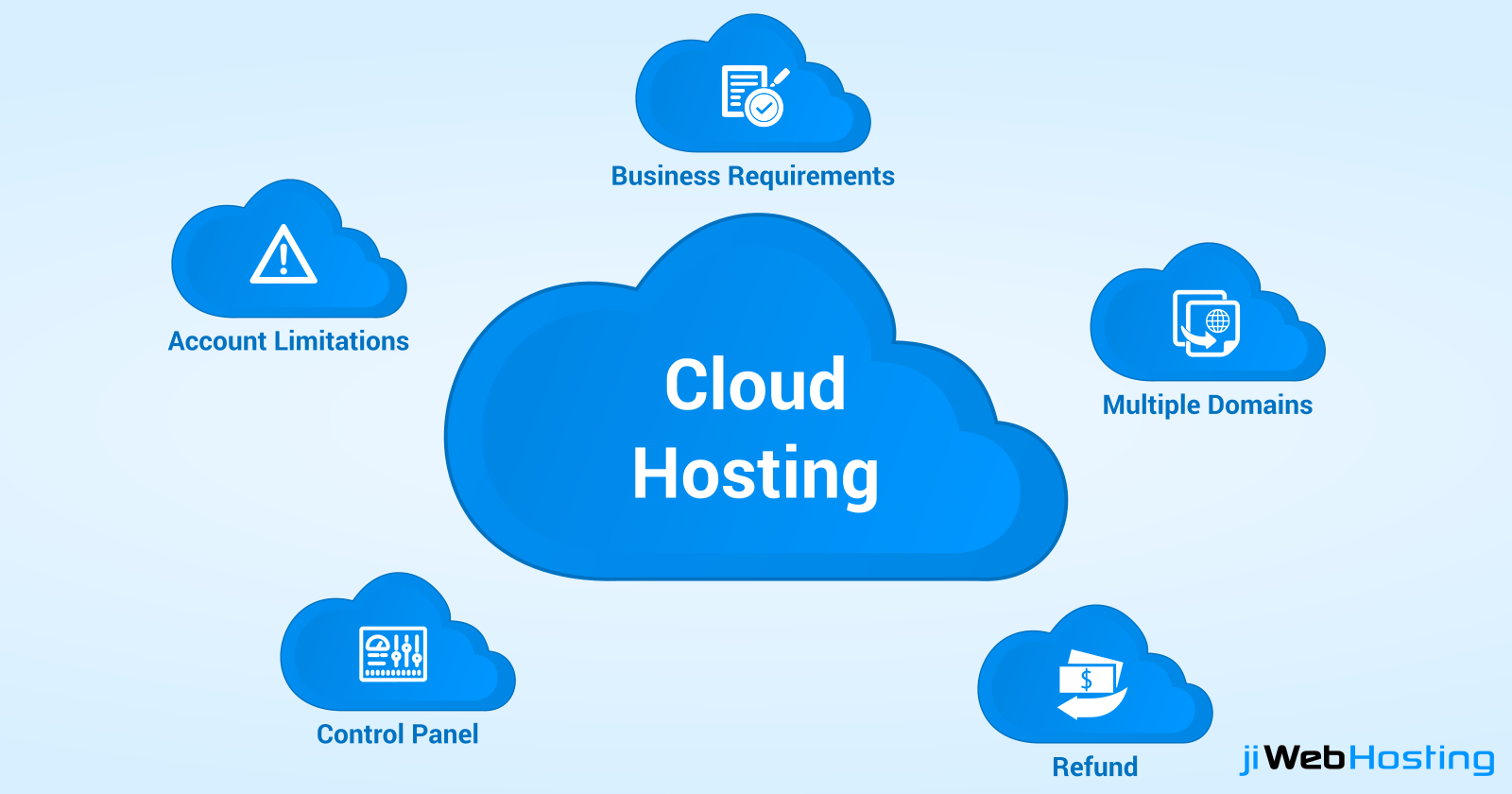


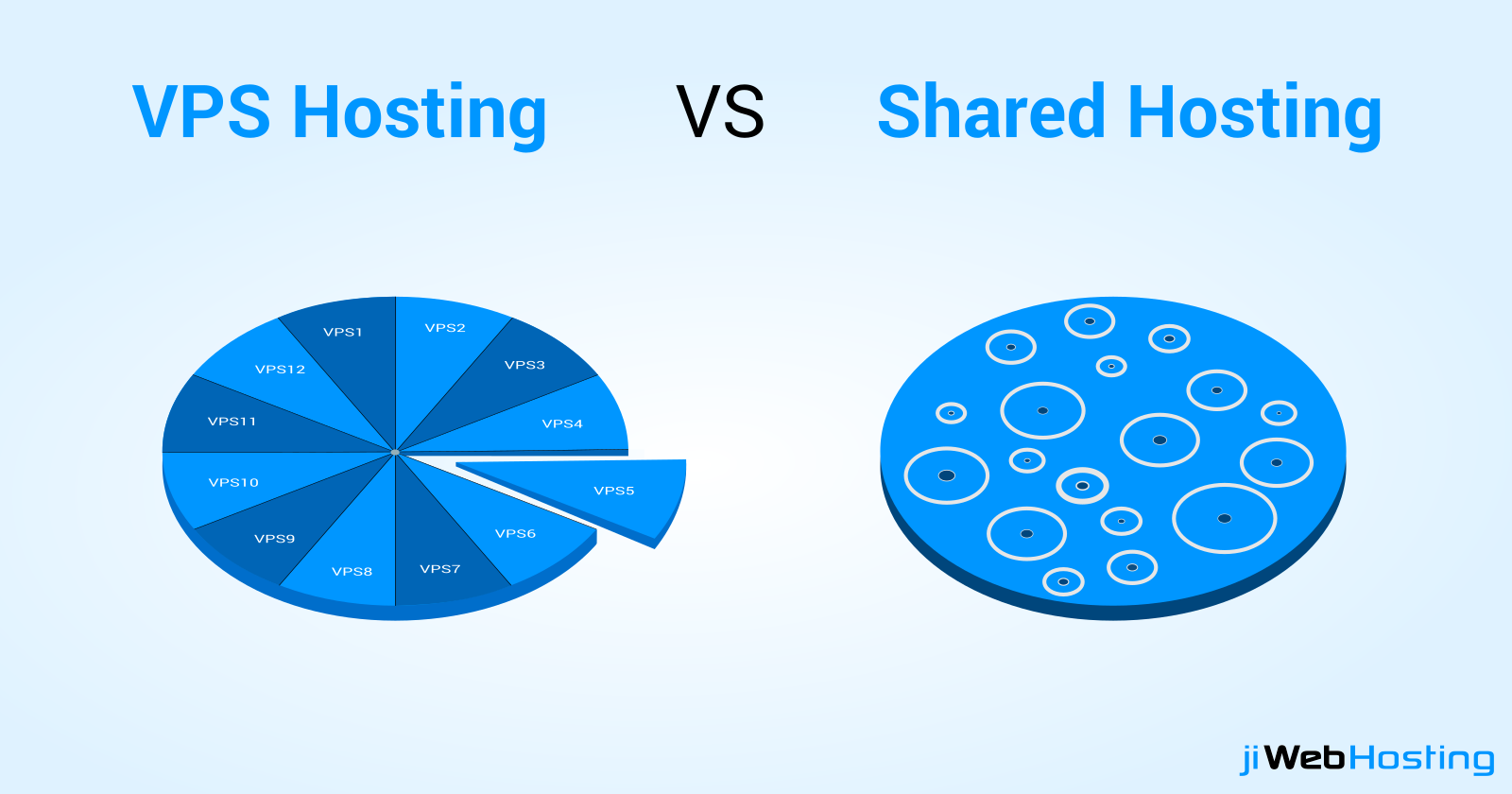




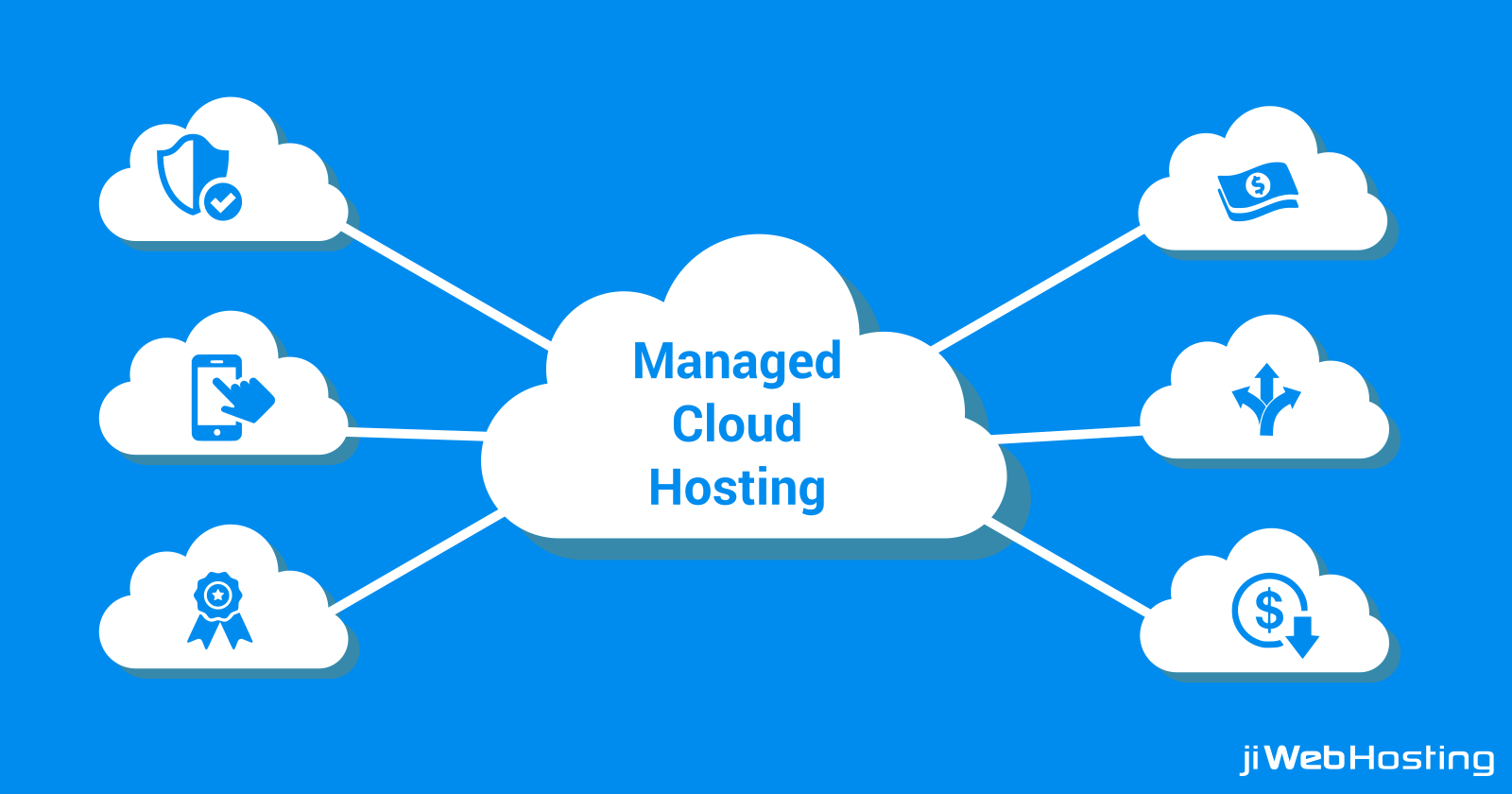

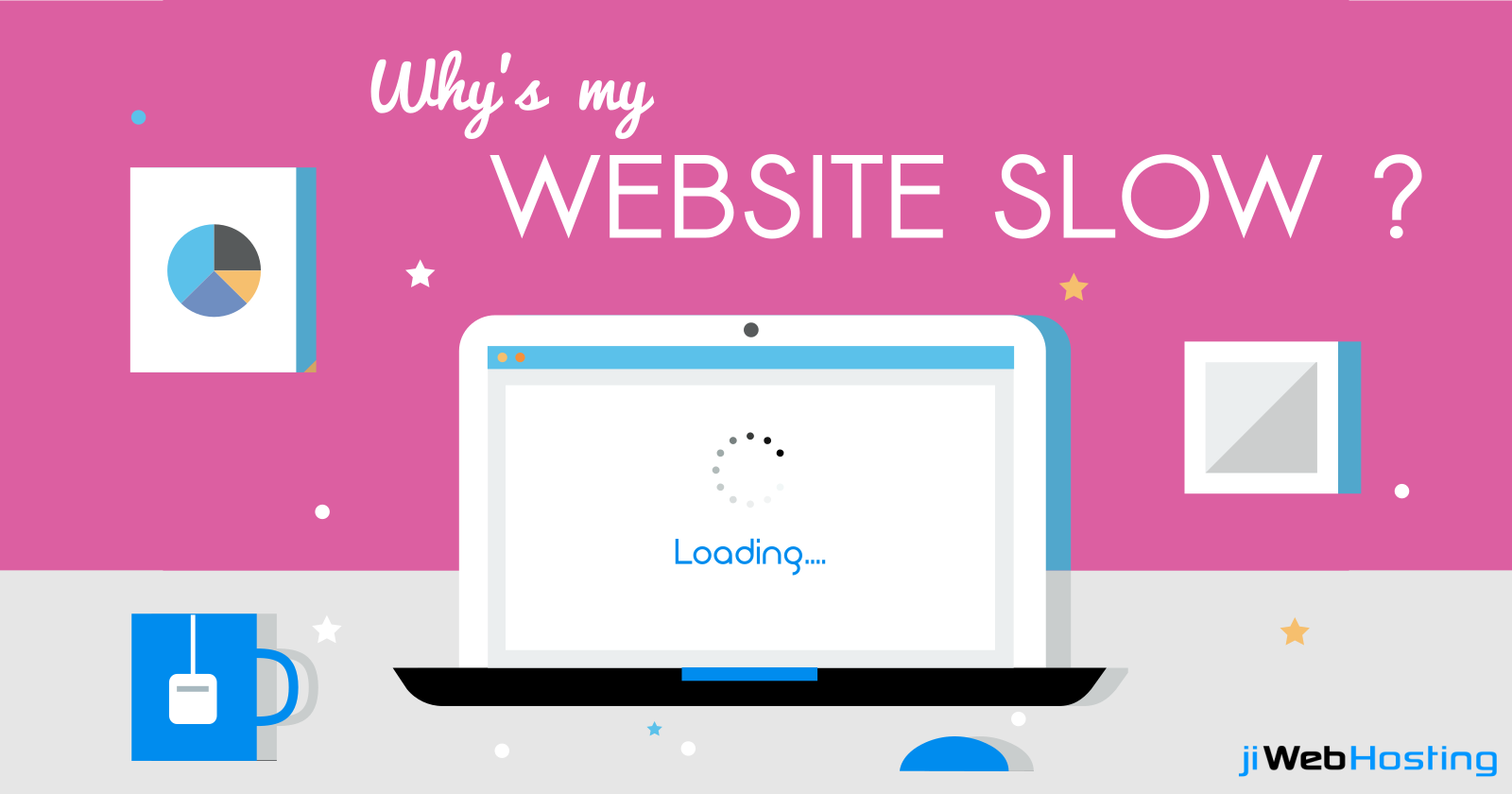
Share this post on: